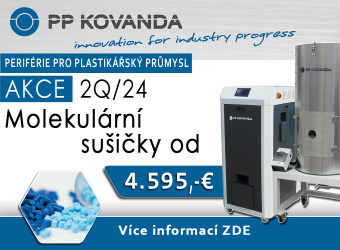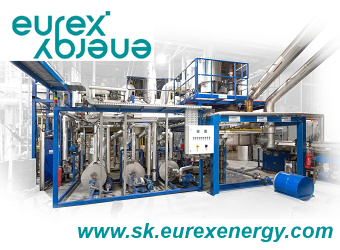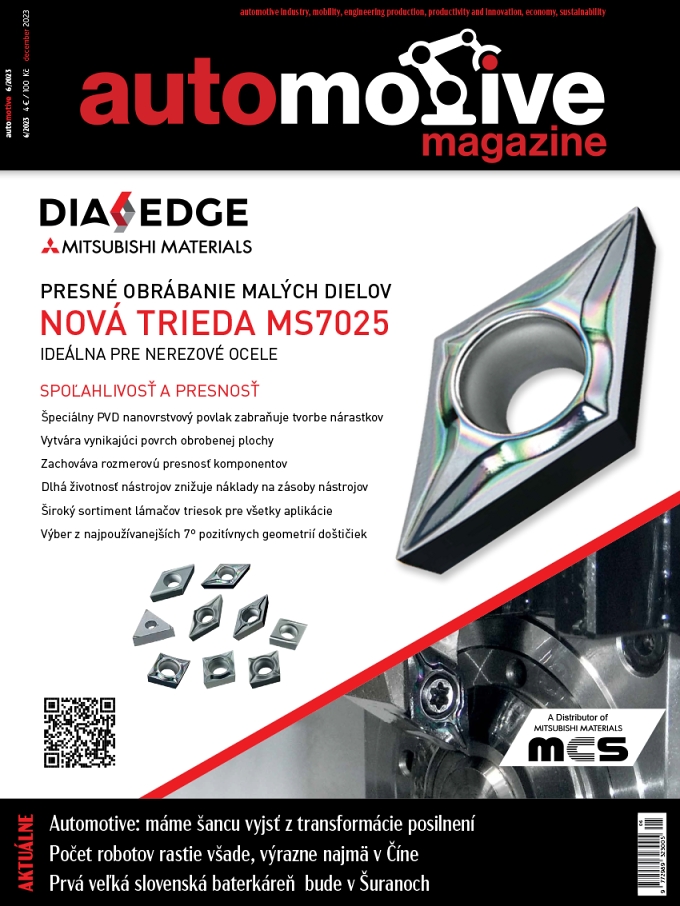Explore drive solutions from Mitsubishi Electric with energy efficiency
In every industrial sector today, saving electricity is becoming something completely indispensable. This is not only influenced by rising energy prices and changing regulations, but also by the growing expectations of customers, who increasingly prefer companies that operate in an environmentally friendly manner.
It is therefore necessary to strive for continuous improvement in the energy efficiency of electric drives, which will have a direct impact on both environmental issues and the financial performance of the manufacturing company. The use of solutions to reduce energy consumption therefore remains an extremely sensitive issue.
Then how do we find ways to save energy without investing in new electric motors? How can the full potential of state-of-the-art drives be exploited?
Among the most effective solutions that lead to savings in terms of energy consumption is the optimisation of the drive's operating conditions. In the context of industrial automation, the use of frequency inverters popularly known as inverters is becoming an extremely effective tool for reducing electricity consumption.
Environmentally and economically efficient
Manufactured by Mitsubishi Electric, the FR-E800 series inverters are equipped with a set of innovative solutions that have a positive impact on drive systems and their energy efficiency. One of these is a completely unique excitation control optimisation mode. It allows energy savings of up to 20% compared to the traditional energy-saving mode used in conventional inverters.
As such then Optimum Excitation Control (excitation control optimisation) supports energy saving?
Excitation losses, sometimes referred to as core losses or iron losses, are a category of energy losses that occur in electric motors due to the magnetic properties of the materials that make up the motor core. They are not dependent on the load on the motor, but are directly related to the magnetic flux within the motor. They are divided into two main types:
1. Hysteresis losses - these arise as a result of magnetisation reversal in the iron core of the motor. As the magnetic field changes, the magnetic domains in the core material continually align, leading to energy dissipation. It is the magnetic properties of the material and the frequency of the magnetic field that translate into hysteresis losses;
2. Tower losses - circulating currents are eddy currents induced in the core material by a magnetic field that is alternating. These currents flow in closed loops, encountering resistance, resulting in power dissipation. The eddy losses depend on the thickness and frequency of the magnetic field, i.e. the electrical conductivity of the core material.
 | |
Both of these types of losses contribute to the excitation losses of an electric motor, which manifests itself as heat inside the motor and reduces its overall efficiency. However, it is worth noting that excitation losses usually remain relatively constant regardless of the load or speed of the motor. Therefore, at low speeds and low loads, the ratio of excitation losses to overall losses increases significantly. Putting the subject quite generally, although excitation losses form part of the total losses in an electric motor, they tend to be a relatively small proportion compared to other losses such as copper losses or mechanical losses at nominal operating conditions. However, they do make up a significant proportion of the total losses when operating at underload.
In this context, the Optimum Excitation Control mode used on Mitsubishi Electric's FR-E800 and FR-F800 series inverters becomes a valuable tool. This mode enables the drive to intelligently divide the current vector applied to the motor into two components - the current responsible for maintaining torque and the current responsible for excitation. While the 'torque' current is constant, the component responsible for magnetisation can be reduced to a safe level, allowing the motor to continue to run smoothly.
In summary, many inverters operate in applications driving fans and most pumps in underload mode. By selecting FR-E800 inverters and adapting them optimally for pump or fan control, savings of an average of 20% can be expected compared to the traditional control mode used in this type of application.
IE5 high-efficiency motors and their operation
IE5 motors, characterised by high efficiency, mainly take the form of synchronous motors. This poses a challenge for inverters, especially in terms of optimum tuning and control. Simple induction motors can be seamlessly controlled by the inverter in scalar mode without the need to configure autotuning. However, motors such as IPM (Interior Permanent Magnet), SPM (Surface Permanent Magnet), BLDC (Brushless DC Motors) or SynRM (Synchronous Reluctance Motors) require sophisticated inverters equipped with appropriate control algorithms to operate efficiently.
Regardless of the manufacturer and type of motors supported, the FR-E800 series inverters offer flexible drive solutions. Crucially, they optimise the total cost of ownership of the equipment for end users.
In the next part we will learn about the importance of autotuning and find out if every inverter can handle an IE5 high-performance motor, and how EcoDesign Directive Regulated inverters can save you energy.
For more information about Mitsubishi Electric FR-E800 series inverters please visit our webiste or contact us.
- autor:
- Mitsubishi Electric Europe B.V.




















